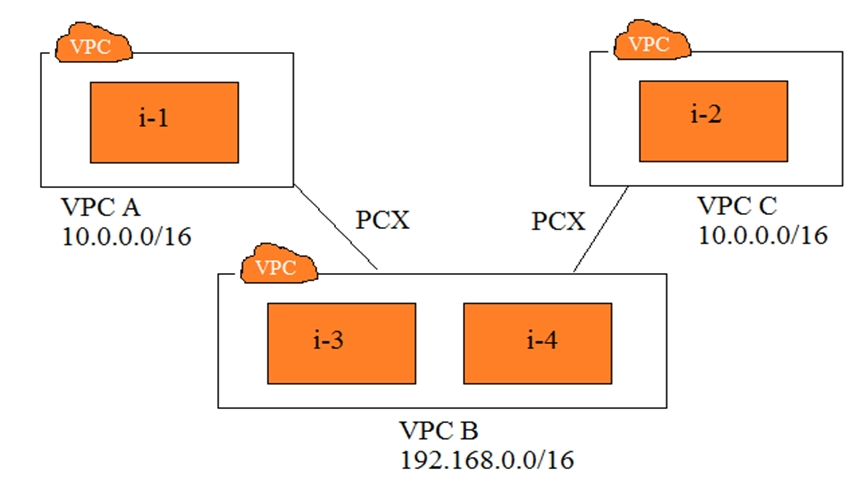Your organization uses a VPN to connect to your VPC but must upgrade to a 1-G AWS Direct Connect connection for stability and performance. Your telecommunications provider has provisioned the circuit from your data center to an AWS Direct Connect facility and needs information on how to cross-connect
(e.g., which rack/port to connect).
What is the AWS-recommended procedure for providing this information?
